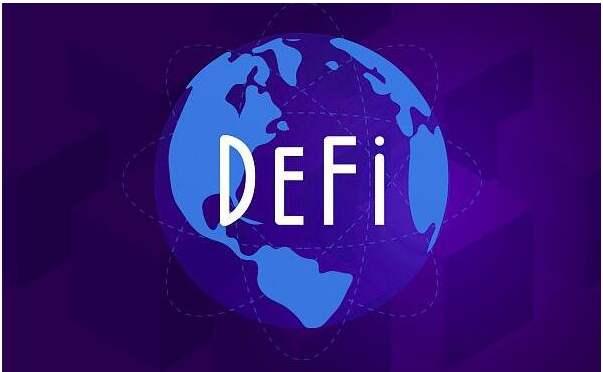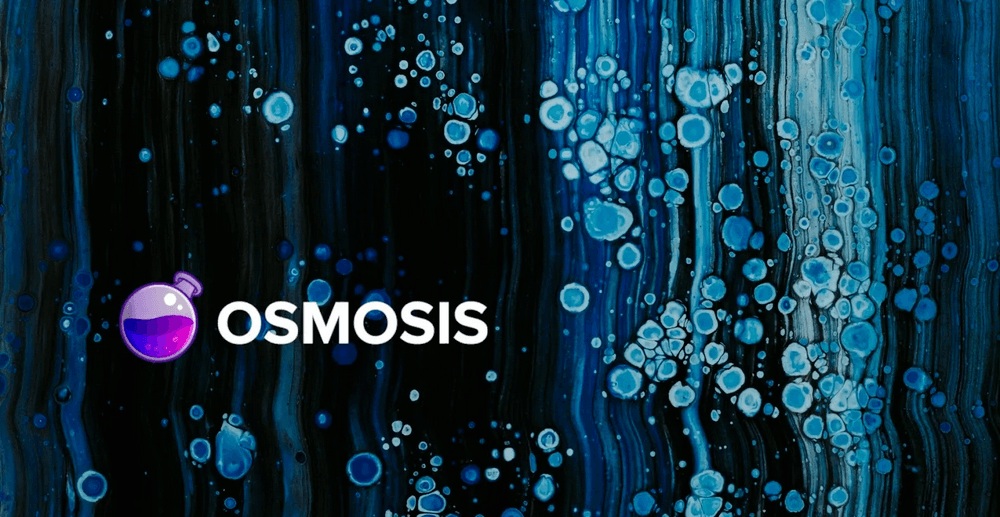Understand Superfluid Staking AMM Osmosis in Three Minutes: Balancing Staking and Market Making Returns
Author: Overnight Porridge, Babyt
Staking, Liquid Staking, Superfluid Staking…
These three terms represent three forms of PoS asset staking. Among them, Staking is the original form of staking with the lowest capital efficiency, while Liquid Staking is an alternative that has become popular this year, allowing users to stake any amount of ETH (or other PoS assets) without worrying about lock-up issues. Users can immediately receive staking derivative assets (such as stETH) and deposit these derivative assets into third-party DeFi applications (thus improving capital efficiency), with projects like Lido representing this.
So what is Superfluid Staking? This is a core concept that will be implemented by the new AMM project Osmosis, led by Paradigm.
Introduction to Osmosis
Osmosis is a cross-chain AMM built using the Cosmos SDK, launched in June 2021. It currently connects blockchains that support the IBC protocol, and as of now, the TVL locked in this AMM protocol exceeds $650 million, with daily trading volume steadily increasing.
Osmosis's AMM is an iterative version of Balancer, allowing for customizable weights and pools with more than two assets (as well as Balancer's LBP functionality).
Building on Balancer's design, Osmosis utilizes Curve's gauge design to allocate liquidity rewards and allows external protocols to load their own rewards into Osmosis's gauges.
And these features are just the beginning. By the end of 2021, Osmosis will become the first DEX to eliminate MEV attacks, with no front-running, no sandwich attacks, or gas wars, while traders will also enjoy transaction privacy.
What is Superfluid Staking?
Osmosis will also introduce a mechanism called "Superfluid Staking," which allows OSMO holders to stake their tokens while simultaneously providing liquidity (thus enjoying two types of rewards). This not only enhances the security of the network but also maximizes capital efficiency.
Now let's understand what superfluid staking is in a simple way. For example:
A puts $1000 into the atom/osmo liquidity pool (with a weight of 50%/50%). The current APR for LP market-making is about 100%. However, through superfluid staking, you can stake 50% of the osmo in the pool to a validator, so A now earns both staking rewards and liquidity mining rewards from the same pool.
For instance, if the staking APR is also 100%, then A deposits $1000, and under normal LP conditions, the income would be $2.7, while under superfluid staking, the daily income would be (2.7 + 1.35) = $4.05.
There are also early alpha opportunities, for example, in the juno/osmo pool, you can earn triple rewards: swap fees, osmo rewards, and juno rewards.
Over time, we are likely to see other AMMs turn to their own blockchains, and this design may be the best way to build AMMs.
DeFi Superset
Imagine Uniswap having its own Proof of Stake (PoS) chain. Uniswap can now connect hundreds of networks and thousands of asset pools, most of which use UNI as the base asset (instead of ETH). The Uniswap AMM will soon support the entire on-chain DeFi ecosystem: lending protocols, options markets, and stablecoins backed by multiple chain assets… DeFi has completely shifted from Ethereum to the Uniswap chain.
In this world, UNI is not just a governance token; it is also the staking token for the network. LPs can use their UNI tokens in both liquidity pools and staking pools, earning trading fees and staking rewards.
In this case, what would the market cap of UNI be? $100 billion? $500 billion? UNI would not only be the most valuable DeFi blue chip, but it would also be the only blue chip, replacing ETH as the base currency of DeFi.
Is this a dream? In fact, this is what Osmosis is currently trying to do: to make AMM the entire blockchain, connecting all other chains and using the native staking token as the base asset of liquidity pools.
This functionality cannot be achieved on the Ethereum blockchain because Ethereum cannot issue ETH rewards to Uniswap or Sushiswap LPs.
Osmosis's superfluid staking will frustrate every AMM in the market, and eventually, we will see DEXs (especially cross-chain DEXs) turning to their own blockchains so they can replicate Osmosis's formula.
And when people realize what needs to be done, Osmosis will have already achieved network effects.
You can think of Osmosis as a strange little asteroid, like Arrakis in Frank Herbert's science fiction novel "Dune." Arrakis looks simple and barren, but beneath the sand, the most valuable commodity in the universe is forming: an extremely rare spice called melange.
Looking for Yield Farmers for OSMO
If you judge Osmosis based on its current TVL, you will end up like those explorers who passed through Arrakis. OSMO has the potential to become the most valuable and sought-after asset in cross-chain DeFi, and it will become increasingly scarce.











